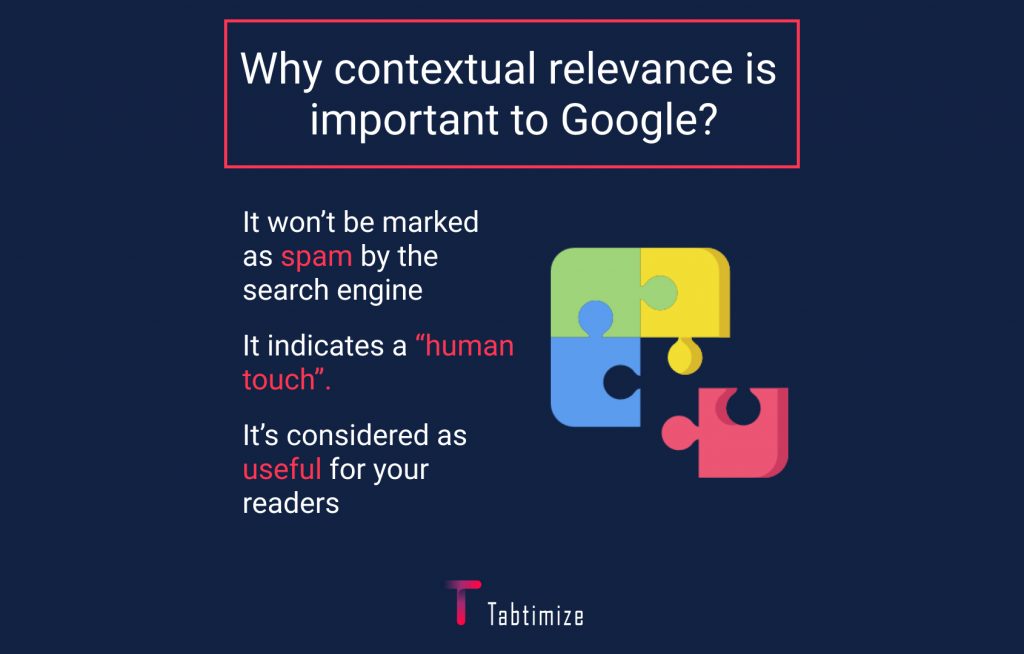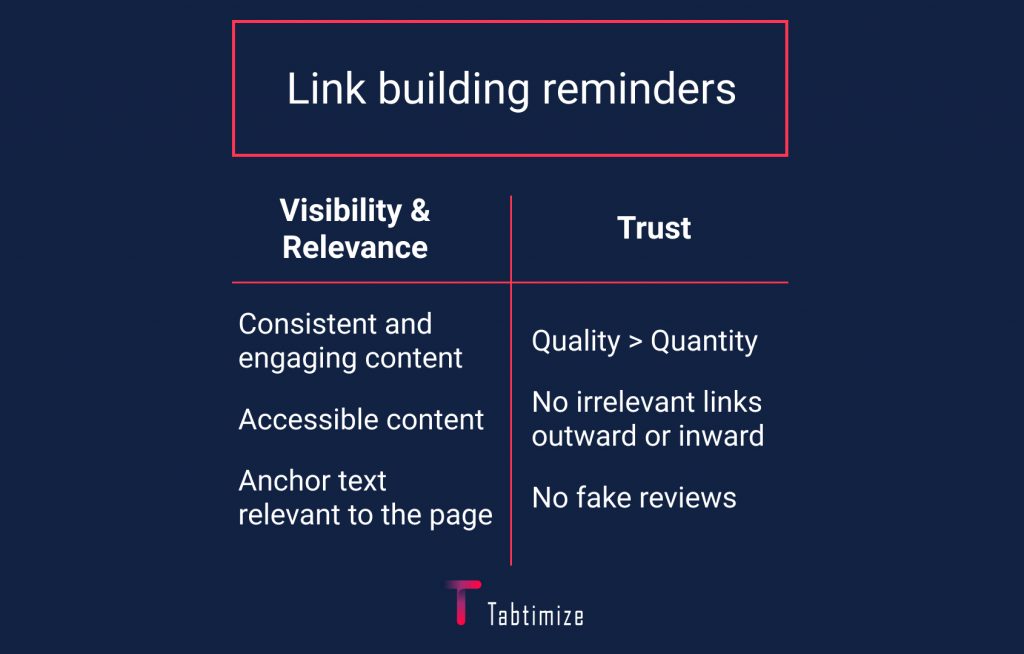Let’s start with the most basic definition.
Contextual backlinks can be outbound (links to other websites), or inbound (links to your own content) and are found within a body of text or paragraph. They can be within a blog, press release, article, or any type of written content that’s found online. They appear natural and are always relevant to the context of the destination site. Here’s an example:
Or this.
A non-contextual backlink can be found within the same text but does not point to a related site or piece of content. A typical example of this is author bio’s at the end of articles or guest posts that may link out to their personal websites or social media platforms. It’s not wrong to include external links that aren’t relevant to your site, especially if it’s giving credit to individual authors. Just don’t include them in the body of your text.
With that being said,
Contextually relevant backlinks are so much more than just relevant linkbuilding texts within the main content.
They involve the use of relevant anchor text and the degree of semantic comparability to assess whether the corresponding site applies to your context.
Why should I care about contextual backlinks?

Links have always been, and will probably continue to be, some of the most important ranking factors for search engines. It’s extremely difficult to rank in search without them, as they are an important driver of traffic and organic impressions. Contextual backlinks, in particular, hold more weight with Google as they show the search engine that your content, A. Isn’t spam, B. Was probably created by a human and C. Will be useful for your readers.
In short:
Contextually relevant backlinks show your trustworthiness to the search engines. The more trustable you are, the more likely you are to show up in organic search results, attract traffic, and achieve the visibility and popularity you are aiming for.
While this sounds simple enough, the difficult part is getting down to building these contextual backlinks.
How can I build them?
We hate to be the bearer of bad news, but there’s no “quick fix” or easy-way-out of building contextually relevant backlinks. If you want to do things the right way (a.k.a. The White-hat way), it takes time and effort. Falling into Black-hat SEO tactics won’t give you the results you’re hoping for either, and you could risk some serious penalties from Google.
Contextual link building is difficult and resource-intensive. It involves scouring the internet, researching websites that apply to your content, creating appropriate anchor text that won’t get you penalized by Google, making educated guesses about the relevance between pages, and trying to find the contact information of site owners, etc. And this is only scratching the surface. We conducted a study where we tested how long it would take to manually create a backlink; the results are truly surprising.
Sounds exhausting, right? It can be, but it doesn’t mean that building contextual links is impossible. In case you missed our article on how to build contextually relevant backlinks for (smart) dummies, we’ve summarized some of the most important takeaways for you here:

What we’ve outlined above are general guidelines that can sustainably provide long-term results for your SEO work. Though they should always be followed, they are passive techniques.
The real problem in building contextually relevant backlinks lies in how to scale your efforts. This just isn’t sustainable or possible to do without software, which is where SEO professionals and SaaS companies come in. Using software can allow you to build contextually relevant links with the precise data and capabilities you need to take your efforts to the next level. You put in a lot of hard work into creating high-quality content, so why not take an active approach to make sure it gets seen and picked up by the right people?
The best way to build contextual relevant backlinks
On the Tabtimize platform, we aim to simplify the link-building process dramatically. You don’t need to scour the internet looking for relevant sites to link to anymore. We take the uncertainty out of the process by letting our proprietary A.I to do all the time-consuming research for you.
Our platform can read and analyze the content of multiple pages. Through semantic search, it breaks down the relevance score of each link into exact %points. It then processes information through 7 levels of deep text analysis, and can quickly identify valuable information about content, topics, and keywords, etc. Once a high degree of relevance is established, the platform shows you only the best link opportunities.
Bottom Line
Building contextual backlinks can be a long process, but they are worthwhile. They are the most valuable backlink building strategy advocated by the SEO community and with good reason.
By using contextually relevant backlinks, you can directly impact your trustworthiness to the search engines—which will lead to greater visibility and organic traffic.
Let me know about your experiences with contextual link building and how it impacted your website performance in the comments below.



